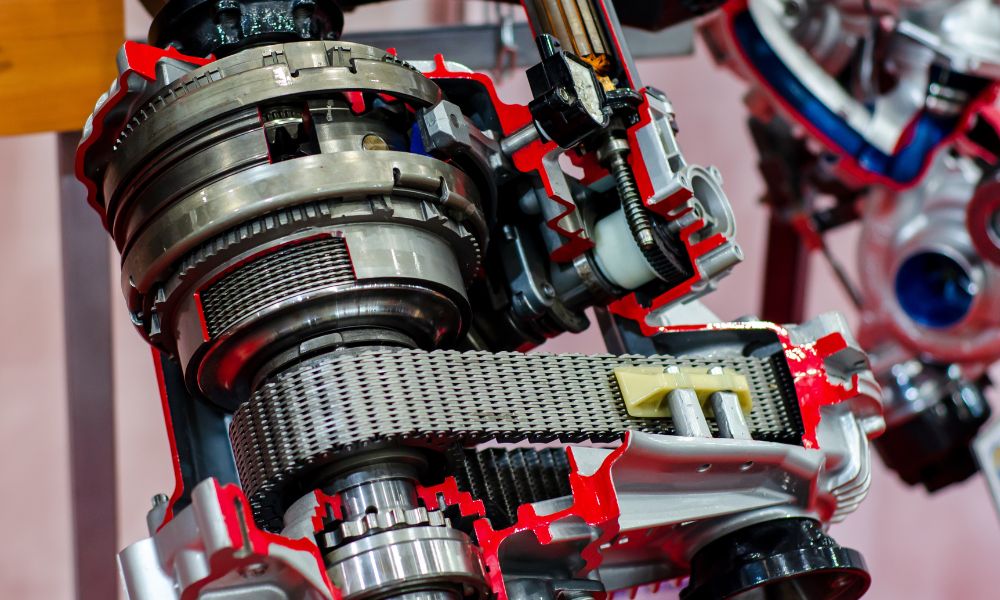
A 4WD or AWD vehicle relies on the transfer case in the drivetrain to regulate the transmission’s power to each wheel. It directs the power and ensures the vehicle drives smoothly. When the transfer case refuses to work, it puts the vehicle and the driver at risk. Why do transfer cases break down? Continue reading to learn the common causes of a failing transfer case.
Lack of Maintenance
Neglecting your vehicle is the quickest way to ruin it. The transfer case needs as much attention as the paint job. The fluid in the transfer case can become contaminated. Transfer cases require fluid replacement about every 30,000 miles, so stick to this routine. During this process, you can also check for low fluid or leaks from the transfer case to prevent future complications.
Low Fluid or Leaks
Fluid is a key component in various parts of a vehicle. Without sufficient fluids, these parts are likely to grind together and degrade. One of the common causes of transfer case failure is low or leaking transfer case fluid. Insufficient fluid results in a lack of power sent to the front and rear axles. In return, excessive pressure goes to the transmission and engine to supplement the missing force.
You will need transfer case components, such as an output shaft seal, to fix the leak. Consider additional parts if insufficient lubrication damaged the transfer case.
Very High Mileage
Every part of a vehicle wears down over time. The transfer case is not exempt from this fact. Perhaps you’re driving and taking good care of an old vehicle properly, but the transfer case still fails. Transfer cases typically have a lifespan similar to that of the vehicle. Most automobiles last around 150,000–200,000 miles. The longer you drive your vehicle, the more likely the transfer case is to break down due to excessive wear.
You will drive more comfortably as you continue learning more about your vehicle. Transfer cases might seem insignificant, but when yours fails, you will notice its importance. Keep up with routine maintenance, check for leaks, and avoid driving when you sense something is wrong. It’s better to be proactive than to deal with a breakdown in the middle of the interstate.

